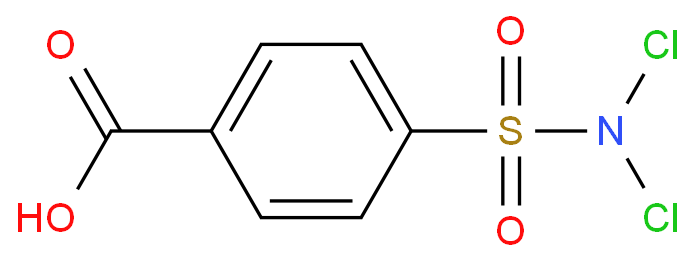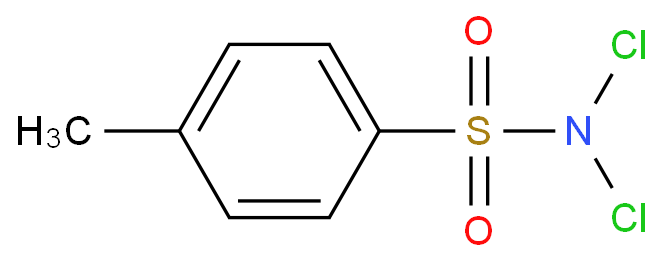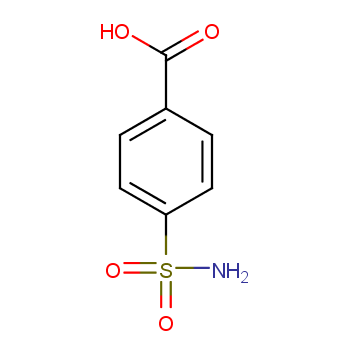GHS Hazard StatementsAggregated GHS information provided by 2 companies from 2 notifications to the ECHA C&L Inventory. Each notification may be associated with multiple companies.
Reported as not meeting GHS hazard criteria by 1 of 2 companies. For more detailed information, please visit
ECHA C&L websiteOf the 1 notification(s) provided by 1 of 2 companies with hazard statement code(s):
H315 (100%): Causes skin irritation [
Warning Skin corrosion/irritation]
H319 (100%): Causes serious eye irritation [
Warning Serious eye damage/eye irritation]
Information may vary between notifications depending on impurities, additives, and other factors. The percentage value in parenthesis indicates the notified classification ratio from companies that provide hazard codes. Only hazard codes with percentage values above 10% are shown.

 EN
EN









![Benzoic acid,4-[(dichloroamino)sulfonyl]-](https://img1.guidechem.com/simg/product/2014/8/19/81300111303968.jpg)